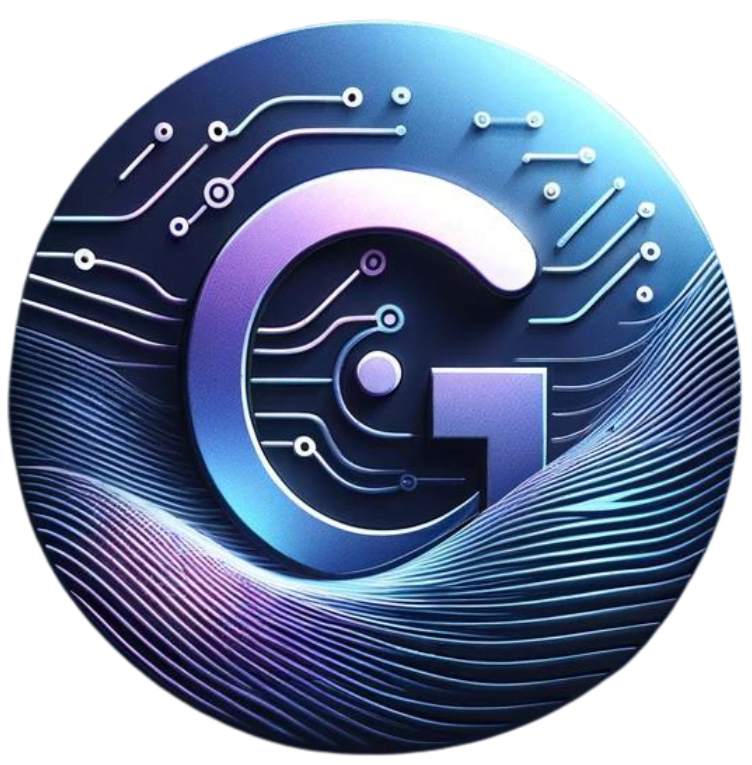The Proven Formula for a Killer Homepage That Sells FastGreat Homepage

A homepage is more than a digital front door. It is the single most important page of a website. This importance is due to conversion, engagement, and credibility. Businesses often underestimate how quickly visitors form opinions. In fact, research shows users decide in less than 0.05 seconds whether they trust a site. If your homepage doesn’t capture attention and provide clear direction, potential customers will bounce before they even explore your offerings.
In this guide, we will walk through the must-have elements of a high-converting homepage. We will also highlight the biggest mistakes to avoid. Additionally, we will provide actionable insights that ensure your homepage does the heavy lifting for your brand.
Why Your Homepage Matters More Than Ever
Your homepage is a conversion gateway. Whether someone finds you through SEO, PPC, or word of mouth, most prospects will land on this page first. If it’s confusing, slow, or cluttered, they will exit. If it’s clear, fast, and customer-focused, it becomes a powerful sales asset.
Example: HubSpot’s homepage demonstrates how clarity, concise messaging, and a clean design work together. They funnel visitors into signing up for a free trial. It also educates them about the product.

Key Elements to Include on a High-Converting Homepage
1. A Compelling Above-the-Fold Section
The above-the-fold area is the first screen users see without scrolling. This section must instantly communicate who you are, what you offer, and why it matters.
Best Practices:
- Use a clear headline with a benefit-driven message.
- Support with a short subheading that explains your value proposition.
- Include a primary call-to-action (CTA) such as “Get Started,” “Book a Demo,” or “Shop Now.”
- Avoid jargon—clarity always beats cleverness.
Example: Dropbox keeps its above-the-fold design minimal: a simple headline, clean visuals, and one action button. Nothing distracts from the goal.
2. Easy-to-Navigate Menu
A homepage should never overwhelm users with too many options. Simple, intuitive navigation reduces friction and increases time on site.
What Works:
- Keep your menu items between 4–7 categories.
- Use descriptive labels (e.g., “Pricing” instead of “Plans”).
- Include a search bar if your site has multiple pages.
Example: Apple’s homepage navigation is famously simple—focused product categories, no fluff.
3. Social Proof and Trust Signals
Visitors won’t convert if they don’t trust you. Show proof that others believe in your brand.
Options to Add:
- Customer testimonials with real names and photos.
- Case studies that highlight measurable results.
- Trust badges such as security seals, certifications, or awards.
- Logos of companies you’ve worked with.
Example: Basecamp showcases customer counts, testimonials, and recognizable brand logos to build credibility immediately.
4. A Clear Value Proposition
Every homepage needs a unique selling proposition (USP) that explains why someone should choose you instead of competitors.
Checklist for a Strong USP:
- Who do you help?
- What problem do you solve?
- What result do customers achieve?
- What makes you different?
5. Optimized Calls-to-Action (CTAs)
A homepage without strong CTAs is like a store without a checkout counter.
Best Practices:
- Use contrasting colors to make buttons stand out.
- Place CTAs throughout the page—not just at the top.
- Keep CTA copy action-oriented (“Download Now,” “Start Free Trial”).
Example: Spotify’s homepage uses bold, benefit-driven CTAs that encourage quick sign-ups.
6. Fast Loading Speed
A slow homepage kills conversions. A delay of even one second can reduce conversions by up to 7%.
Tips for Speed Optimization:
- Compress images without losing quality.
- Minimize JavaScript and CSS.
- Use a reliable hosting provider and Content Delivery Network (CDN).
7. Mobile-Friendly Design
More than 60% of traffic comes from mobile devices. A homepage must be responsive, fast, and touch-friendly.
Mobile Optimization Checklist:
- Large buttons and easy-to-read text.
- No pinch-and-zoom required.
- Optimized images for small screens.
8. Visual Hierarchy and Clean Layout
A cluttered homepage confuses visitors. Use visual hierarchy to guide attention.
Techniques:
- Larger fonts for headlines.
- White space to separate sections.
- Consistent colors and typography.
- High-quality imagery that supports, not distracts.
9. Engaging Content Sections
Visitors often want more than just a headline and button. Supplement your homepage with content that builds trust:
- A short About Us section.
- Featured products or services.
- A preview of your latest blog posts or insights.
- A FAQ section to preempt objections.
10. SEO Optimization
A homepage must balance design and discoverability.
On-Page SEO Essentials:
- Use a keyword-rich H1 headline.
- Add descriptive meta title and description.
- Optimize images with alt text.
- Include internal links to important pages.
- Use structured data for rich snippets.
Example: Neil Patel’s homepage is a strong SEO model—it’s keyword optimized, fast, and filled with conversion opportunities.
What to Avoid on Your Homepage
While including the right elements matters, avoiding conversion killers is equally critical.
1. Cluttered Design
Too many pop-ups, sliders, or competing CTAs overwhelm users. Keep it focused.
2. Vague Messaging
If visitors can’t understand what you do in 5 seconds, you’ve lost them.
3. Autoplay Media
Videos or audio that autoplay can frustrate users and increase bounce rates.
4. Hidden Navigation
Unclear menus force users to search for information and often lead to drop-offs.
5. Ignoring Mobile Users
A desktop-only design alienates more than half of your audience.
Conclusion: Building a Homepage That Converts
A high-converting homepage requires a balance of clarity, credibility, and usability. Focus on strong above-the-fold content and clear CTAs. Ensure fast performance and incorporate social proof. This approach creates a homepage that not only attracts visitors but also converts them into loyal customers.
The best homepages are not built once and forgotten—they are tested, optimized, and improved continuously. Businesses that treat their homepage as a living, evolving sales tool see better performance. They outperform those who see it as static digital real estate.
Subscribe for marketing and tech tips in your inbox

